Give Steve Lieberman the Gangsta Rabbi his due: His pretty relentless. For more than 30 years, the spirited Jewish punk has worked tirelessly to make his music count for something more than cheap thrills and mindless rebellion. And our anti-hero’s new album, “Psycho at the Hospice Gates”, shows no cracks in the armor. Actually it shows completely new armor! If you’ve been following any of our magazines – print, digital or online – over the last couple of years, you probably have heard of Steve by now. The man, better known as, The Gangsta Rabbi has a terminal illness, but an indeterminable passion for his craft. Oddly, these two conditions are as complementary as they are contrasting, together they somehow fuel the embers of the fire that is Steve Lieberman’s every day existence.
Steve Lieberman sings, plays guitar, hybrid guitar/bass, bass, tenor trombone, bad-ass distorted bass trombone, flutes, talabard, pocket Theremin, clarinet, melodica, and beat machines. But probably not how you’re used to hearing them being played. Steve has long forgotten the sweet, classic subtleties of some of these instruments – his anarcho-punk is vital, vibrant and visceral, urging every sound possible to come forth – harmonic or dissonant. Though it has to be said at this point that “Psycho at the Hospice Gates”, is Steve’s most melodic and accessible album to date.
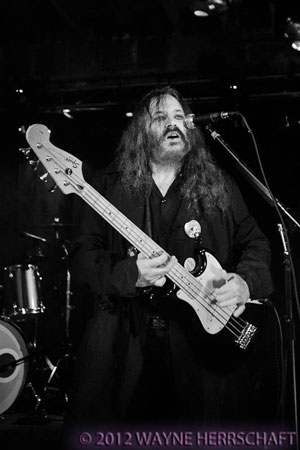
And that’s saying something for a rabid punk who has always beaten his own path with absolute distinction, and total disregard for the acceptance of others. Is Steve perhaps thinking, “There’s more to life than this?” or is he simply reaching out to the profane before it’s too late? Either way, 34 albums into a fruitful career, and this album still finds Steve Lieberman the Gangsta Rabbi chiseling away at the ills that irk him.
Opener “HEY, PETE TOWNSHEND!” starts swinging out the gate with both fists clenched: “when I was a kid, I didn’t want to be like you, I wanted to be you!” Right from the start Steve shows that he can still put up a fight, only now he is landing his musical punches more cleanly than ever.
By the time you press play on “DOROTHY”, it’s clear that this album comes from an artist who clearly still believes in his core punk ethos, but is tailoring his sound for wider appeal while keeping that initial integrity intact overall. However, as much as Steve tries to keep “Psycho at the Hospice Gates” fire simmering, rather than raging, there are moments when his anarchic primal instincts dominate.
As on the raucous “THRASHED ABOUT BY THE AMERICAN YOUTH”, “(LOSING MY MIND) IN THE PSYCH WARD”, “CRANK THAT KOSHER BOY” and “I WISH THAT I WAS HOT 1”. Thirty years into his career, it’s incredible an artist can still make songs so loud and relevant.
“Psycho at the Hospice Gates” seems to be Steve’s battle cry, with songs that encompasses plenty of his beliefs and his circumstances, but also encourages individuality and never settling for less. This guy sounds as vital as always, regardless of his personal condition.
Clearly an artist like Steve Lieberman the Gangsta Rabbi already has a loyal cult following. He is old enough to be an artist you heard about during high school, but this new album is reason to catch up. This isn’t a throwback record or something to be overlooked. It’s a record made by an artist who just takes an ulterior look at his existence. Who is still making the music he wants to make, and who isn’t getting any less relevant as we head into a totally different and artificially constructed musical era.
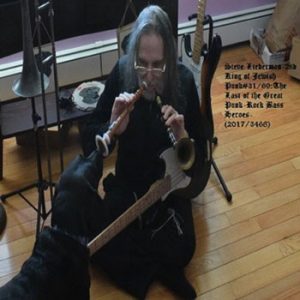 “Psycho at the Hospice Gates” is a great anarcho-punk record from an extremely polarizing artist. If you like the genre, you’ll love Steve Lieberman, if you dislike the genre, you’ll hate Steve Lieberman – It’s as simple as that. Music appreciation, however is not how it is played, but how it is perceive it.
“Psycho at the Hospice Gates” is a great anarcho-punk record from an extremely polarizing artist. If you like the genre, you’ll love Steve Lieberman, if you dislike the genre, you’ll hate Steve Lieberman – It’s as simple as that. Music appreciation, however is not how it is played, but how it is perceive it.
The Western world has a vast musical heritage that has evolved over many centuries; however, some Asian, Polynesian, African and Near-Eastern musical traditions have thrived for thousands of years, and most types of Non-Western music are founded on concepts quite different from those of the Western tradition.
Non-Western music rarely uses dynamics as an independent concept, and often uses micro-tonal melodic intervals. In general, harmony is not as important in non-Western idioms, and in fact non-Western music may have no harmony at all. Since harmony is not an important consideration, non-Western music is often either monophonic or hetero-phonic. Are you sure you’re judging Steve Lieberman’s music by the ‘correct’ criteria, or are you just stuck on strict Westernized pop concepts which more than half of the world are not able to appreciate, or even understand?
OFFICIAL LINKS: WEBSITE – SOUNDCLOUD – FACEBOOK


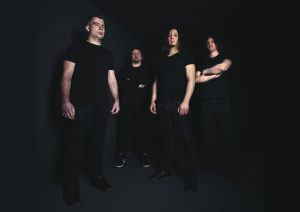
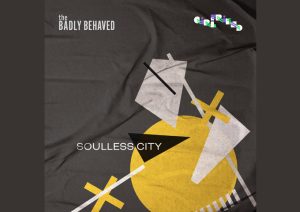

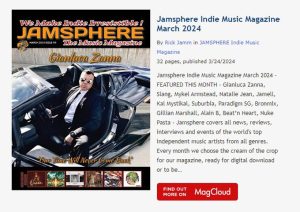

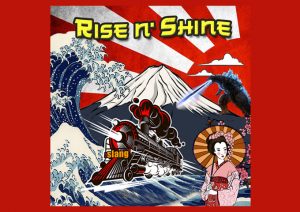


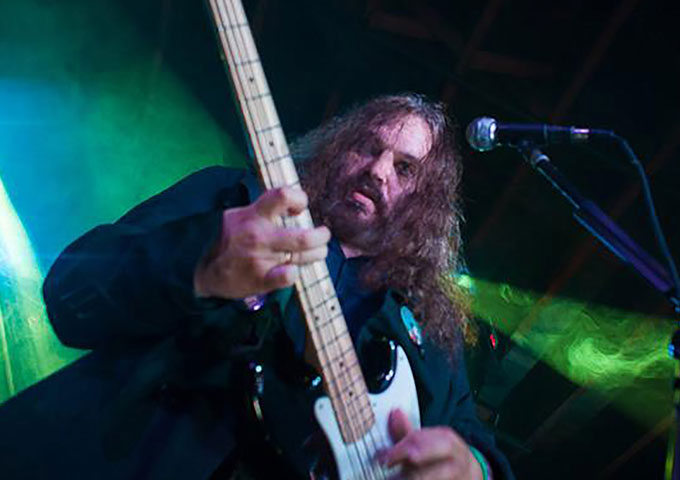
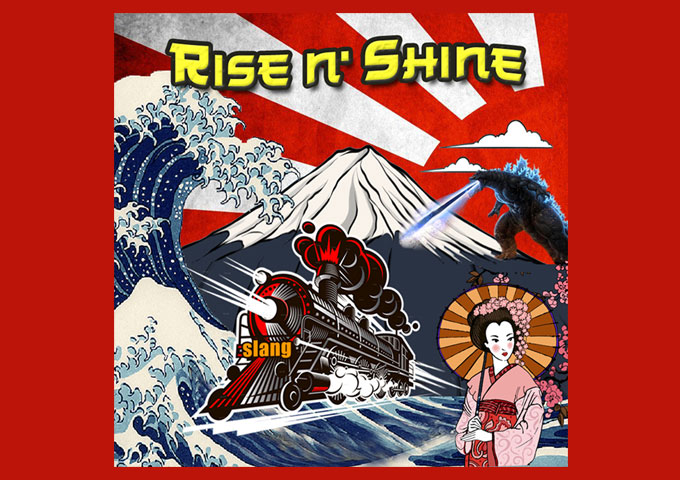


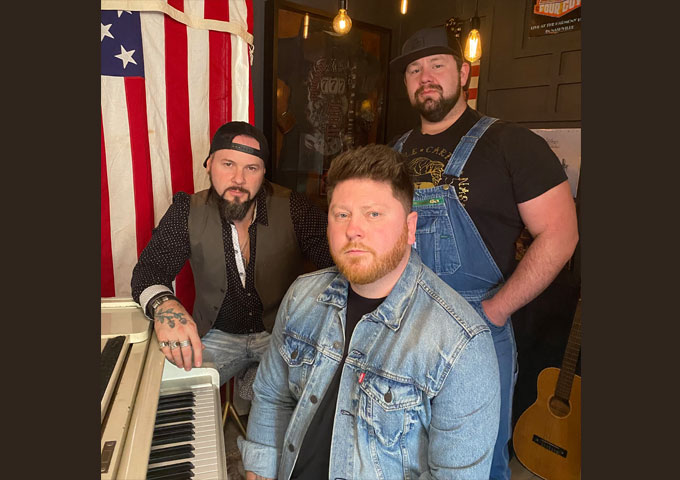

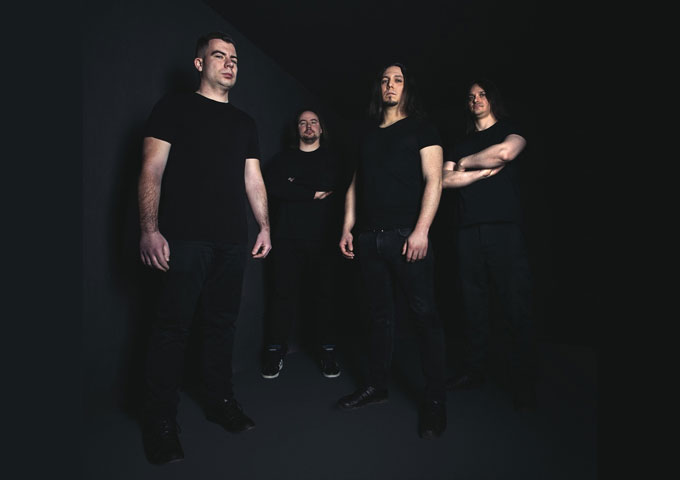




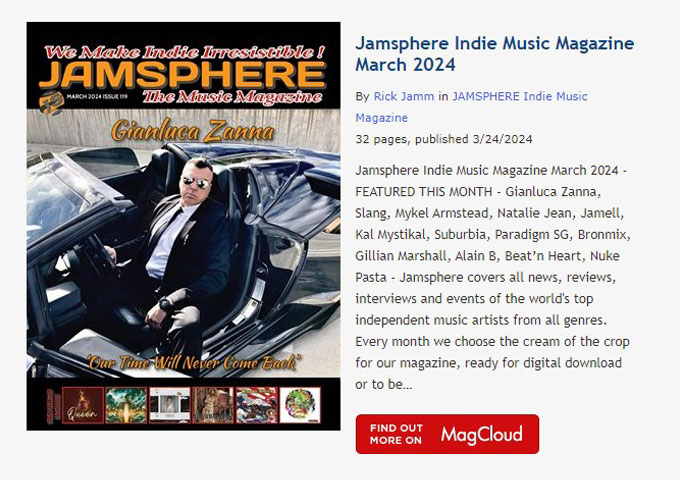

+ There are no comments
Add yours